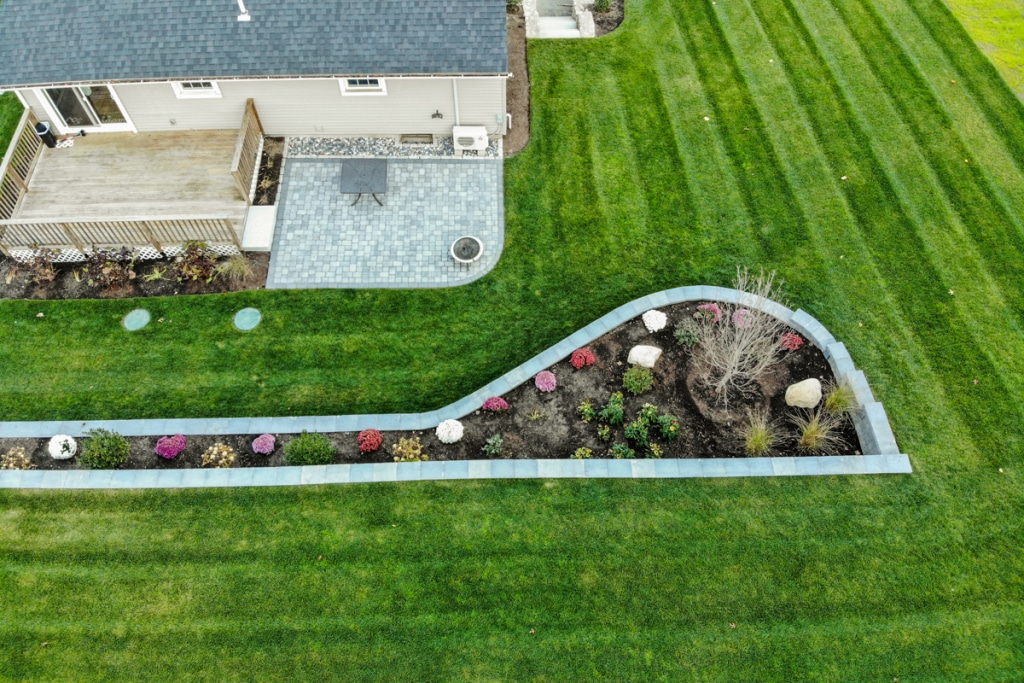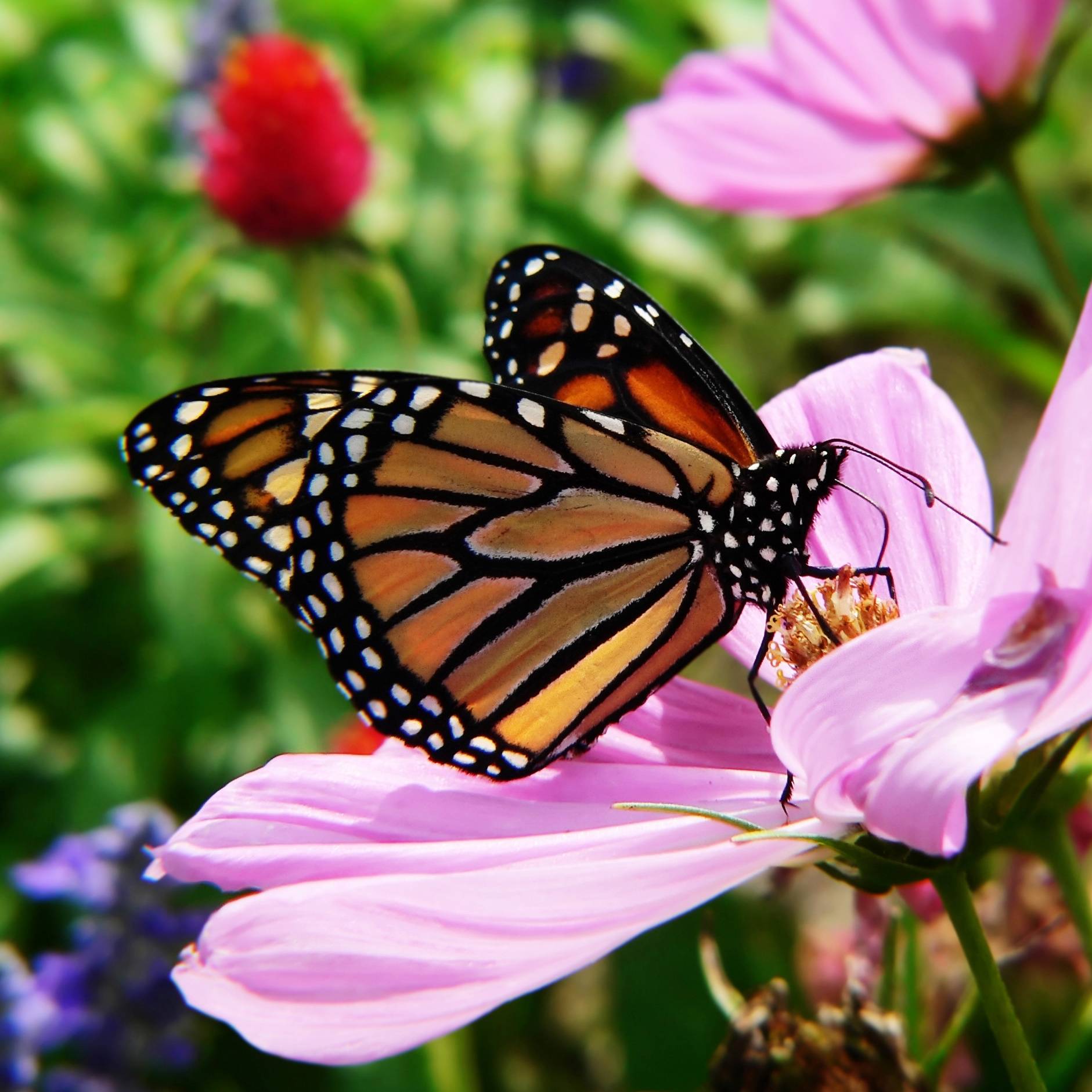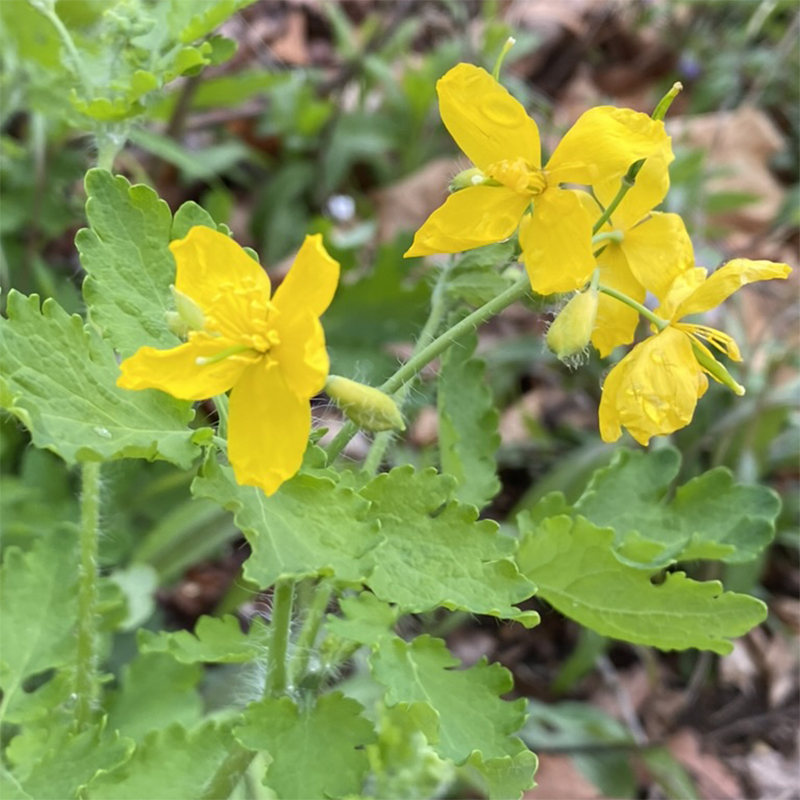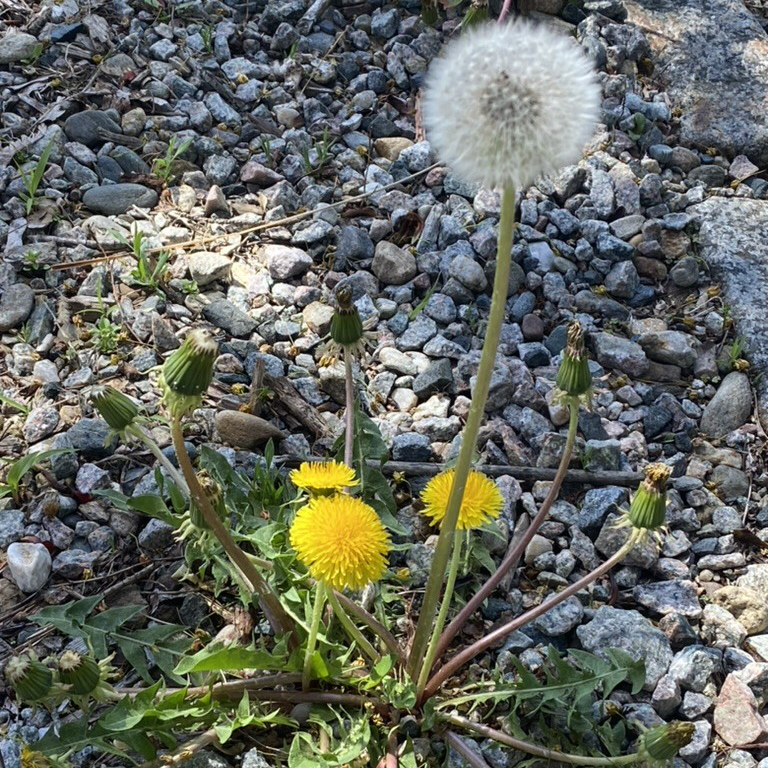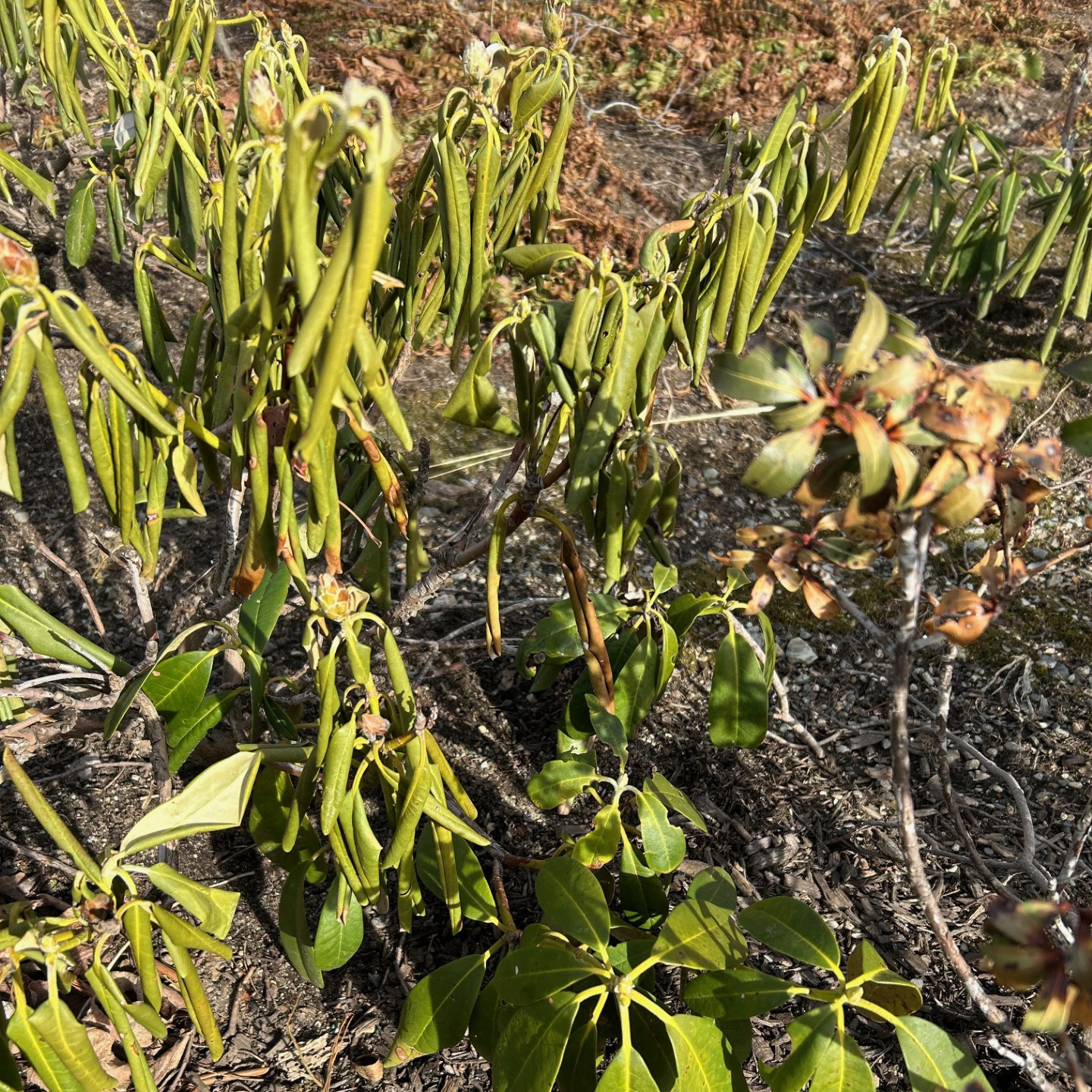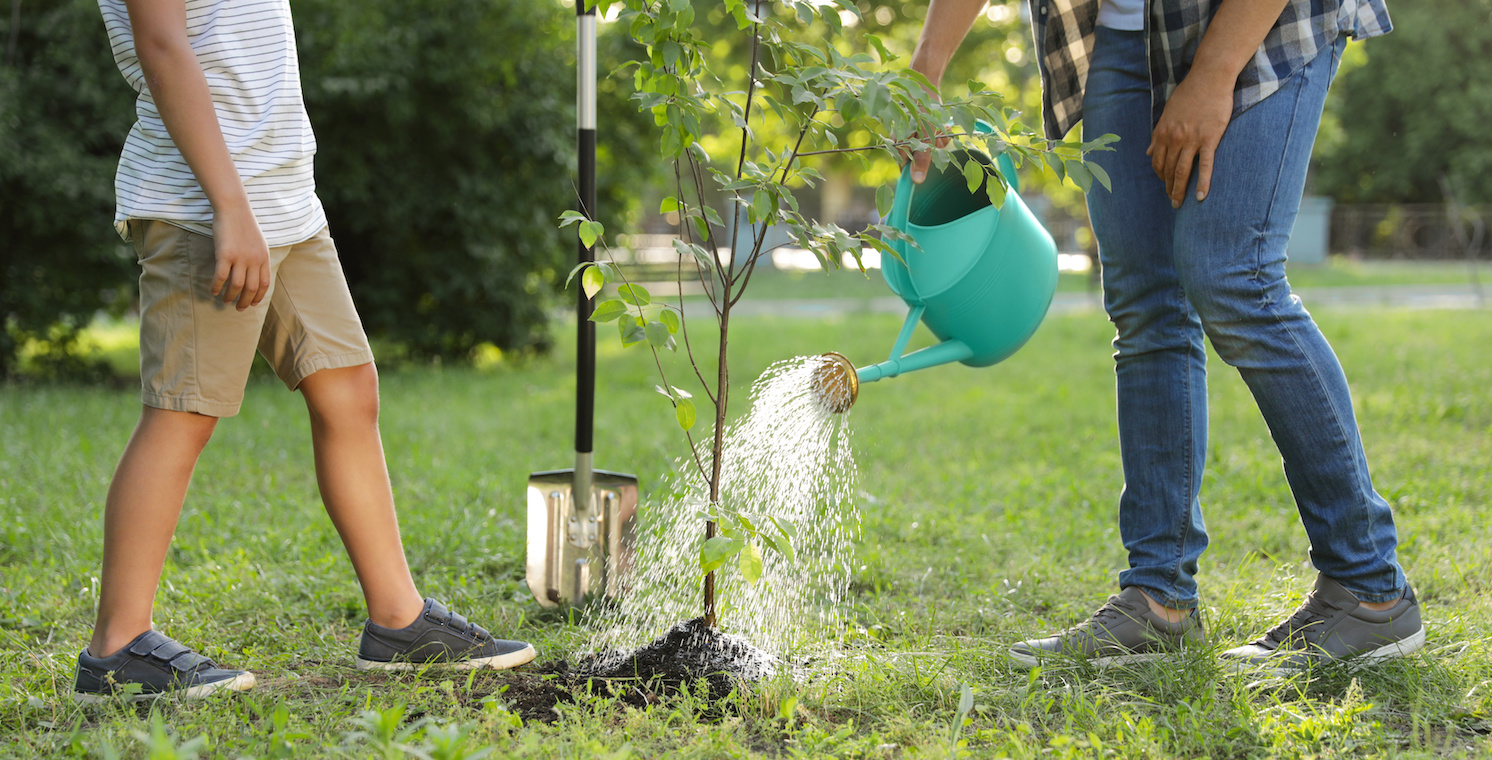
- We have provided adequate water supply to keep your plants healthy while they have resided above ground in our nursery. It is important that you provide adequate water supply to your newly planted trees, shrubs, and perennials so they are successful in adapting to their new in-ground environment.
These general watering guidelines are designed to maximize the success rate of your new plants adapting to their new environment. The exact amount of water has to take into account site-specific factors such as soil conditions, sun exposure, wind, ground slope, foliage deflection, root competition, and proper planting practices.
Key points to remember:
- 1. Make sure the plant’s roots are saturated before you install the plant.
- 2. Follow proper planting technique by following our planting guidelines.
- 3. When watering, ensure water penetrates soils to the depth of the root ball.
| Plant size | Amount of water per application |
| #1 and #2 pot size | 1-2 gallons |
| #3-#5 pot size | 2-3 gallons |
| #7-#10 pot size | 3-5 gallons |
| Large shrubs/small trees (3-8 ft.) | 5-8 gallons |
| Mid-size trees (<2-3” caliper,8-12 ft.) | 8-12 gallons |
| Large trees (> 3” caliper, 12 ft.+) | 12 gallons or more |
Water measurements are made by using a watering can or bucket. You can apply directly with a garden hose if you know how many gallons per minute are being applied. You can test this by filling a bucket or watering can and calculating the gallons per minute flowing through the hose at a known setting.
If it is not possible to build a circle berm, you can use drip irrigation or a soaker hose watering technique. You will want to ensure that the recommended gallons of water is penetrating deeply into the soil and making contact with the roots by knowing how much water is applied over time. This is particularly important on sloped areas where water can tend to run off to the lower side and not get in contact with the roots.
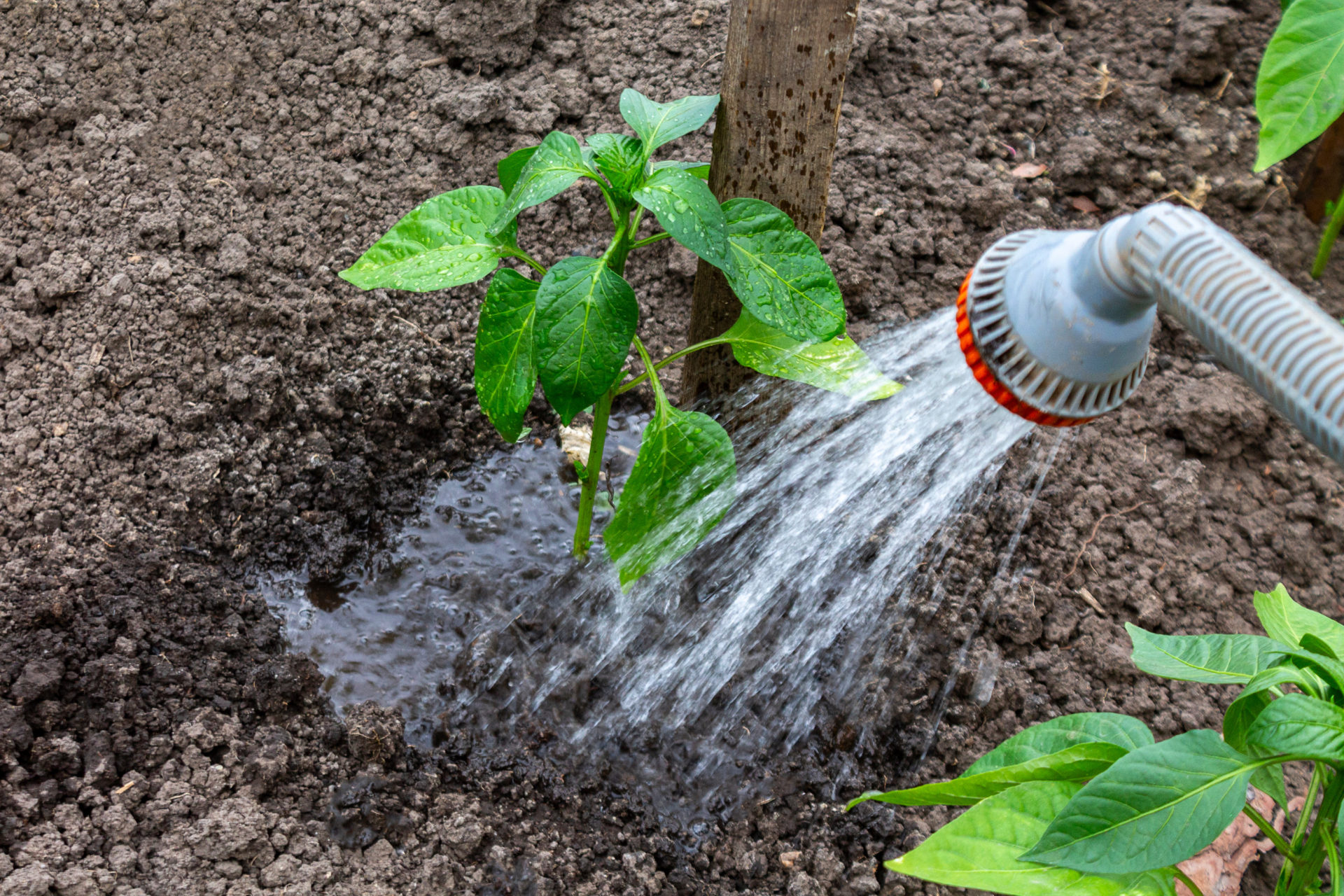
Frequency
Newly installed shrubs and trees should be checked and watered every other day for the first two weeks, taking into account any rain. This will ensure that the soil is soaked thoroughly. Once the soil is saturated, limit watering to once a week if less than one inch of rain falls during the week. Your plants need to be watered throughout their first full growing cycle in order to establish roots into new soil and put on top growth. A full growing cycle includes a fall and spring season. Late fall watering, until the ground is fully frozen, is essential for the survival of newly planted trees and shrubs.
Soil sampling
Specific factors such as soil conditions, sun exposure, wind, ground slope, foliage deflection, root competition, and proper planting practices will affect the amount of water retained in the soil. After the initial 2-week watering-in phase, you should check the moisture content of the soil from time to time. To do this, dig down 2 – 4” just outside the root mass of the plant and water only if the soil feels dry to the touch. Feeling the soil for moisture content is the BEST method for gauging dryness. Only sampling can tell you when the soil is adequately moist, too dry, or too wet.
Mulch
Maintaining a 2 – 3” layer of organic mulch greatly reduces water loss to evaporation. Mulch should be tapered to and not touch the plant base.
Ground Covers and Perennials: In order for these tender plants to become established and spread, they must be watered every other day for the first month, and then once a week thereafter for the next two months. If planted in spring or summer, watering may be needed on a daily basis. A rotary sprinkler works best for large areas. Overhead watering should be used only in the morning or late afternoon. Wet foliage in the middle of the day or late evening can promote fungal diseases.
Sod
After installing sod, soak the root area daily for the next week. After the first week, water every two to three days. If sod shows signs of drying or turning brown, it should be soaked immediately. If the edges of the sod show signs of drying or turning brown along driveways or walks, hand soaking may be required along those edges. Overwatering will inhibit rooting. Sod should root into the soil in two to three weeks.

